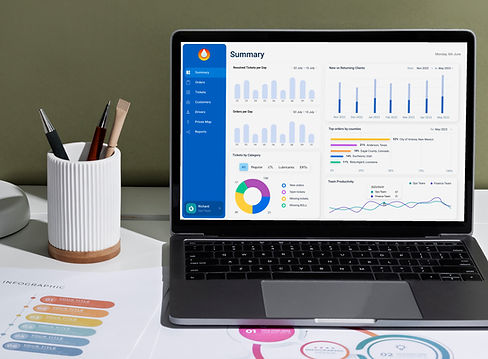Oil Rig Logistics Management Platform
Case study
Project Overview
I led the UX redesign of a logistics platform used to manage operations around offshore oil rigs. The existing system had grown cluttered over time, with outdated visuals, unused functionality, and a structure that made it difficult for both field workers and office staff to get their work done efficiently.
My mission: simplify the platform into a clearer, more intuitive tool that fit the fast-paced work environment.
Project length: 3 months


Understanding the platform
To start, I reviewed the existing system together with employees who used it daily. These sessions highlighted just how cluttered the interface had become, with multiple layers of navigation and features that were rarely or never used. Important actions were buried, and the overall experience felt overwhelming, especially in a time-sensitive work environment.
This analysis gave me a clear map of what wasn’t working and which parts of the system created the most friction.
Understanding the Users
Next, I focused on the human side of the work. I interviewed both field workers and office staff to understand their daily routines, responsibilities, and pain points. Field workers needed speed and simplicity to update operations in real time, while office staff prioritized oversight and coordination across different rigs.
These insights helped me identify which features were truly essential, where workflows could be streamlined, and how the platform could support different roles without overloading them with information.

UI & Tests
With limited time, I moved directly into UI design, guided by what I had learned from the interviews. The goal was to reduce clutter, surface the most important actions, and refresh the visual style to make the system feel modern and approachable.
I tested early versions with employees, gathering fast feedback and iterating quickly. This approach allowed me to validate improvements without slowing down progress, ensuring the redesign stayed practical and grounded in real-world use.
Result: a cleaner, easier-to-use tool that streamlines operations and helps employees work more efficiently, whether in the field or at the office.

